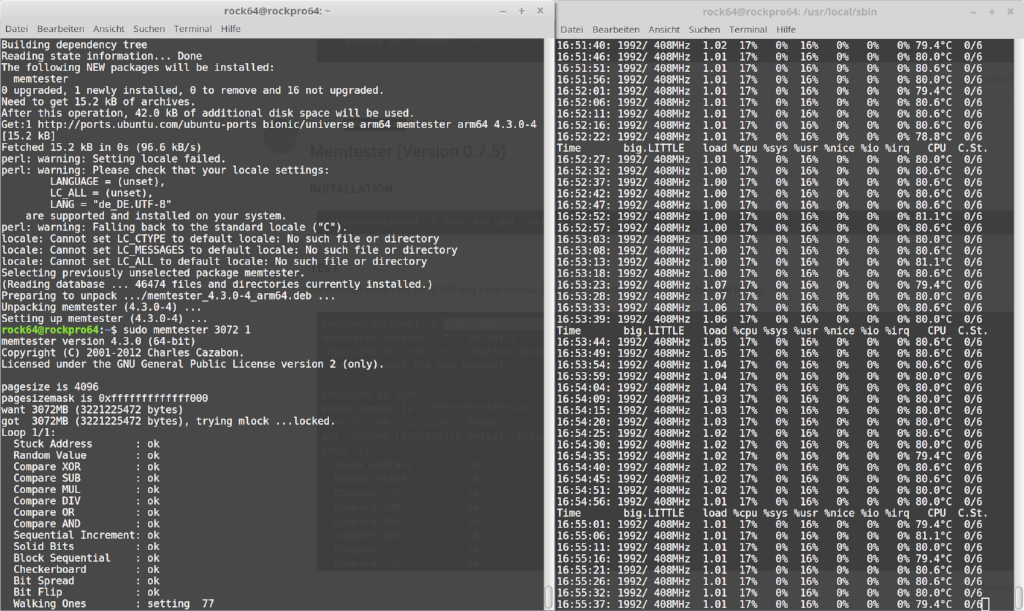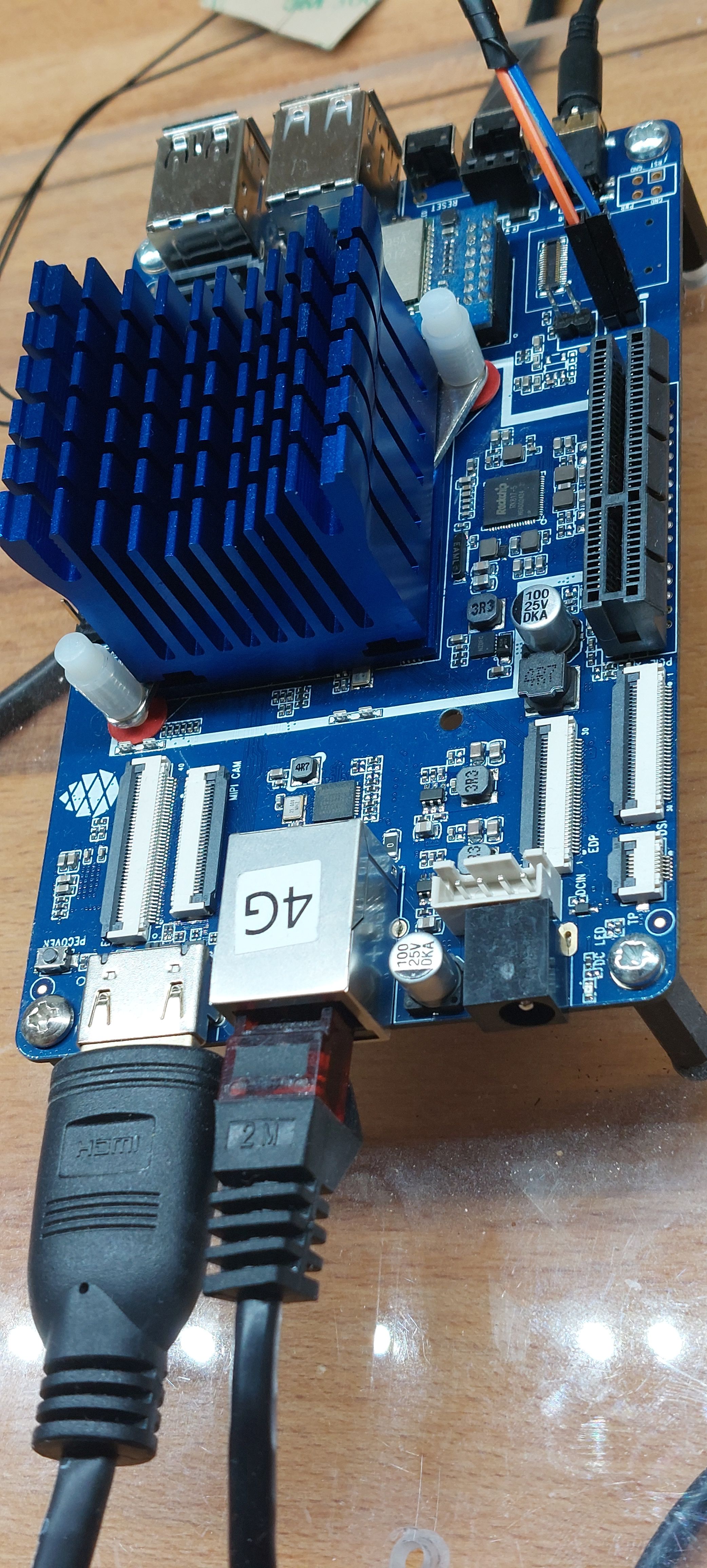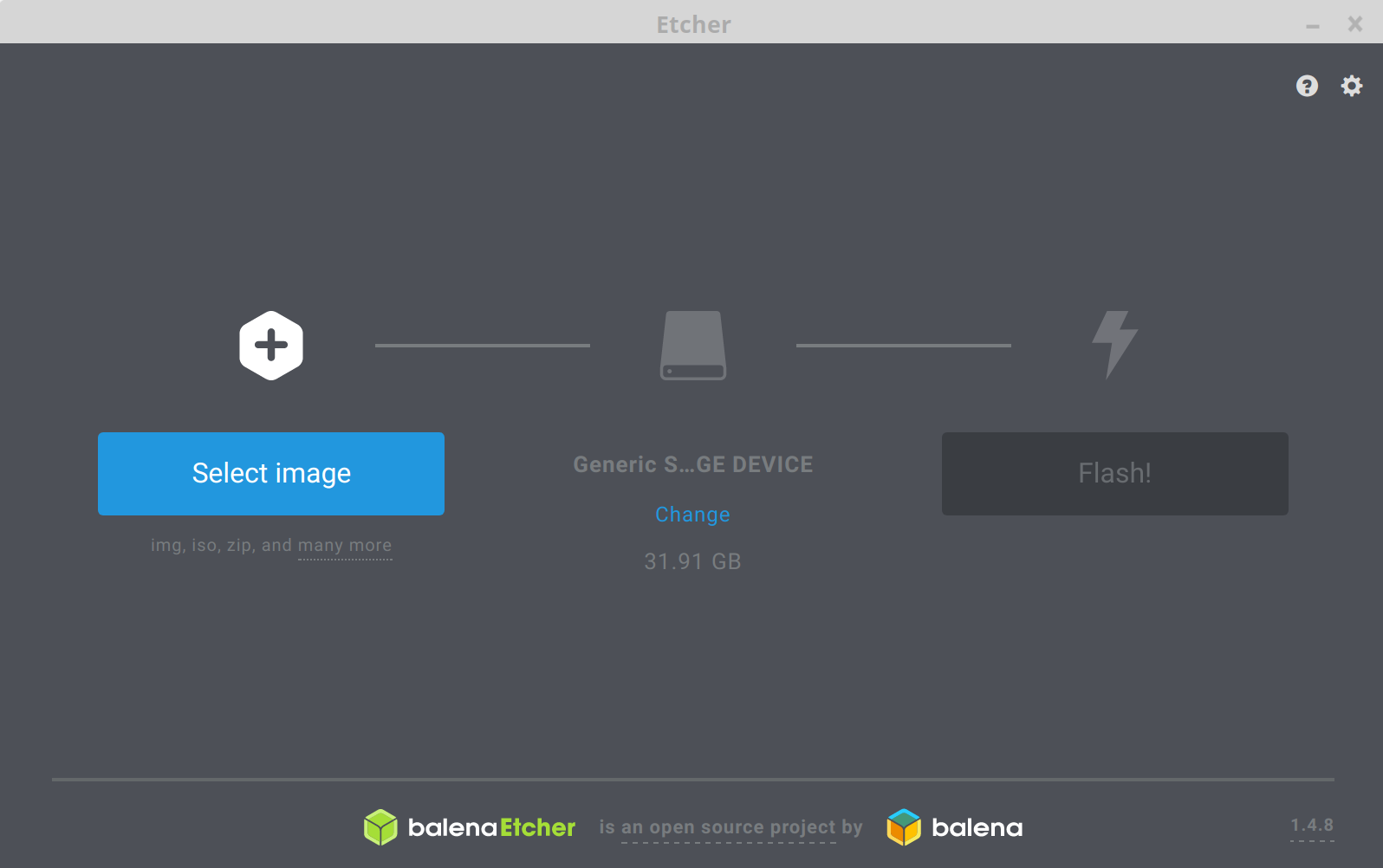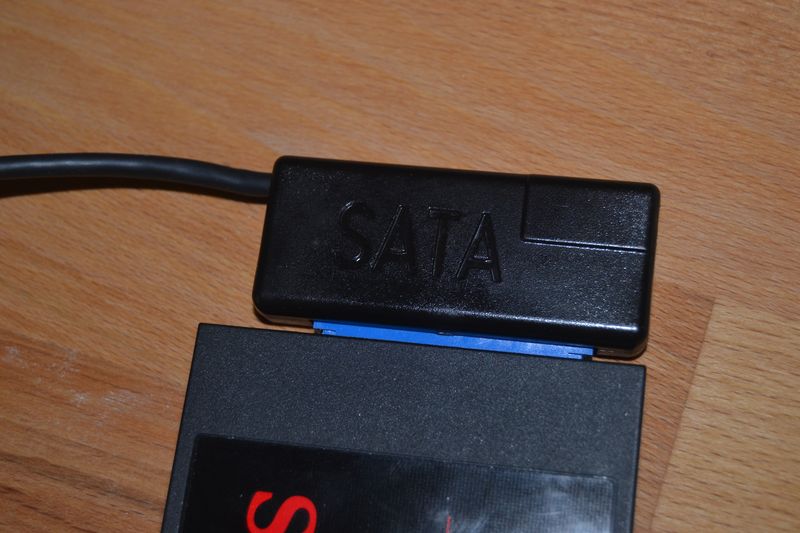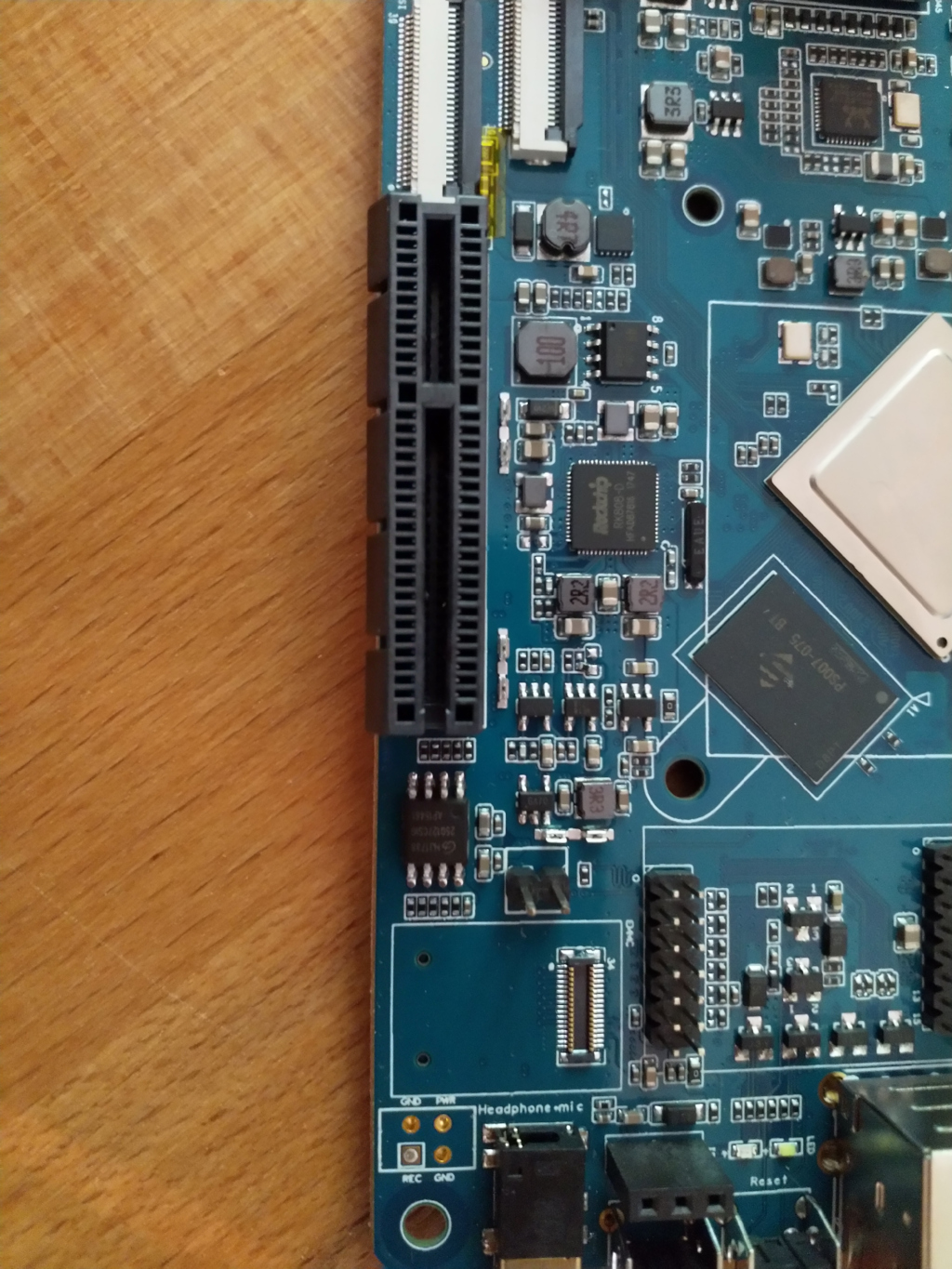Armbianmonitor
ROCKPro64
1
Beiträge
1
Kommentatoren
1.5k
Aufrufe
-
@tkaiser hat dafür gesorgt, das der Armbianmonitor jetzt in den Images vom Ayufan mit drin ist.
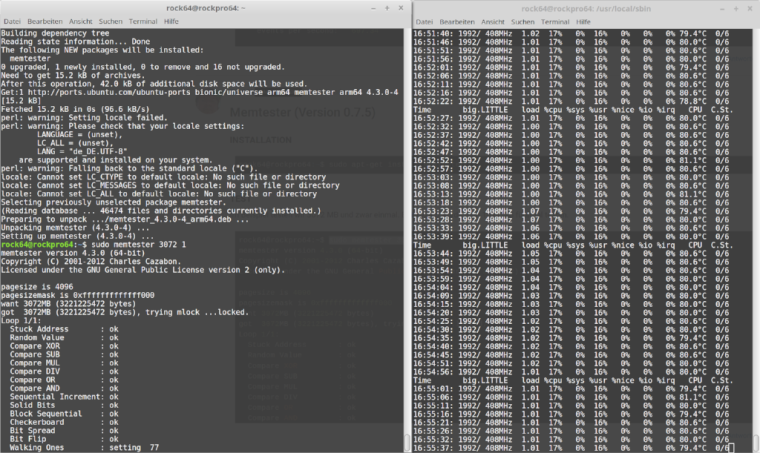
Eine kleine Hilfe beim Stresstesten

sudo memtester 3072 1 memtester version 4.3.0 (64-bit) Copyright (C) 2001-2012 Charles Cazabon. Licensed under the GNU General Public License version 2 (only). pagesize is 4096 pagesizemask is 0xfffffffffffff000 want 3072MB (3221225472 bytes) got 3072MB (3221225472 bytes), trying mlock ...locked. Loop 1/1: Stuck Address : ok Random Value : ok Compare XOR : ok Compare SUB : ok Compare MUL : ok Compare DIV : ok Compare OR : ok Compare AND : ok Sequential Increment: ok Solid Bits : ok Block Sequential : ok Checkerboard : ok Bit Spread : ok Bit Flip : ok Walking Ones : ok Walking Zeroes : ok 8-bit Writes : ok 16-bit Writes : ok Done.Armbianmonitor findet ihr unter /usr/local/sbin
rock64@rockpro64:/usr/local/sbin$ ./armbianmonitor Usage: armbianmonitor [-h] [-c $path] [-f] [-l] [-L] [-m] [-u] [-v] ############################################################################ Use armbianmonitor for the following tasks: armbianmonitor -c /path/to/test performs disk health/performance tests armbianmonitor -f tries to fix detected corrupt packages armbianmonitor -l outputs diagnostic logs to the screen via less armbianmonitor -L outputs diagnostic logs to the screen as is armbianmonitor -m provides simple CLI monitoring armbianmonitor -n provides simple CLI network monitoring armbianmonitor -u tries to upload diagnostic logs for support purposes armbianmonitor -v tries to diagnose corrupt packages and files ############################################################################Die Leistungsaufnahme beim Stresstest: ca. 11 Watt
-
-
ROCKPro64 - Kernel switchen
Verschoben ROCKPro64 -
-
-
-
-
-
